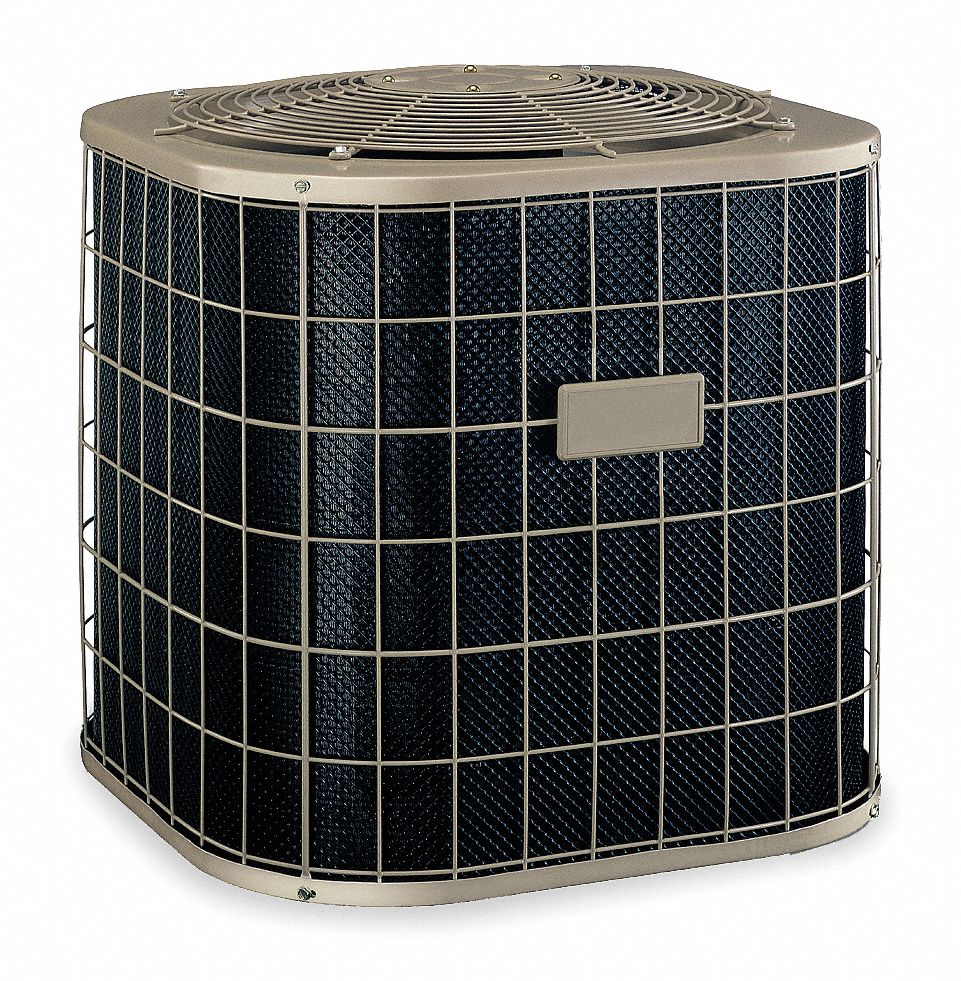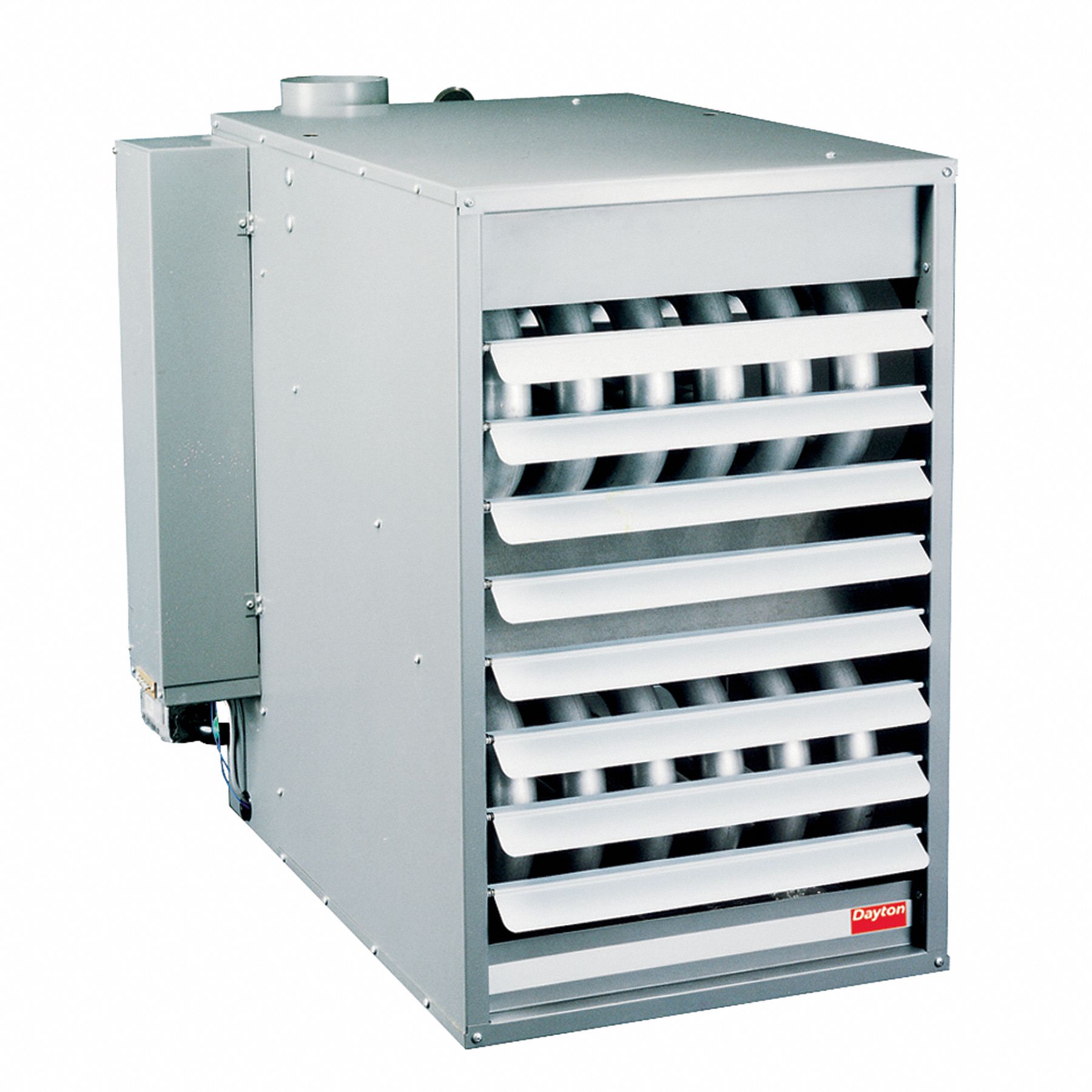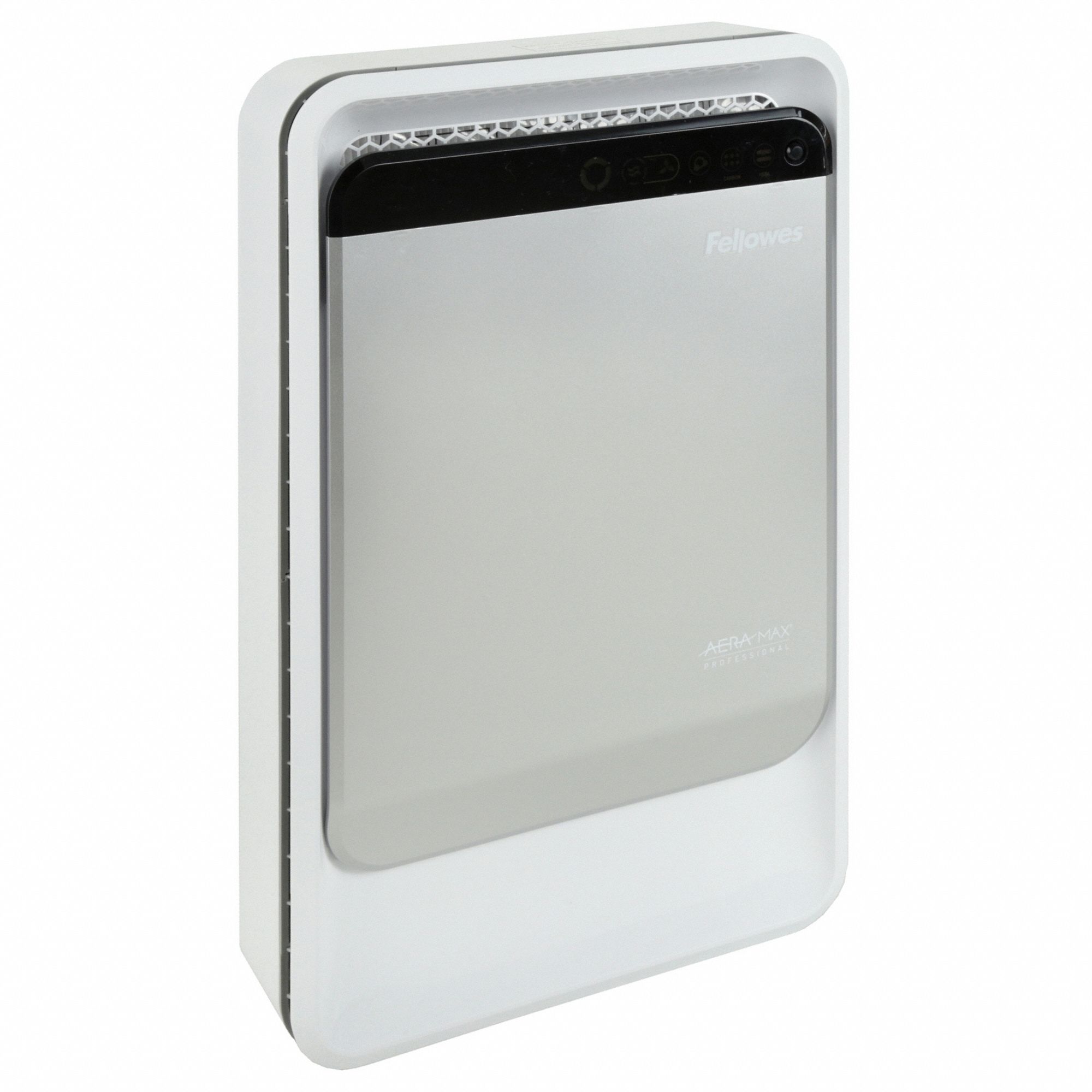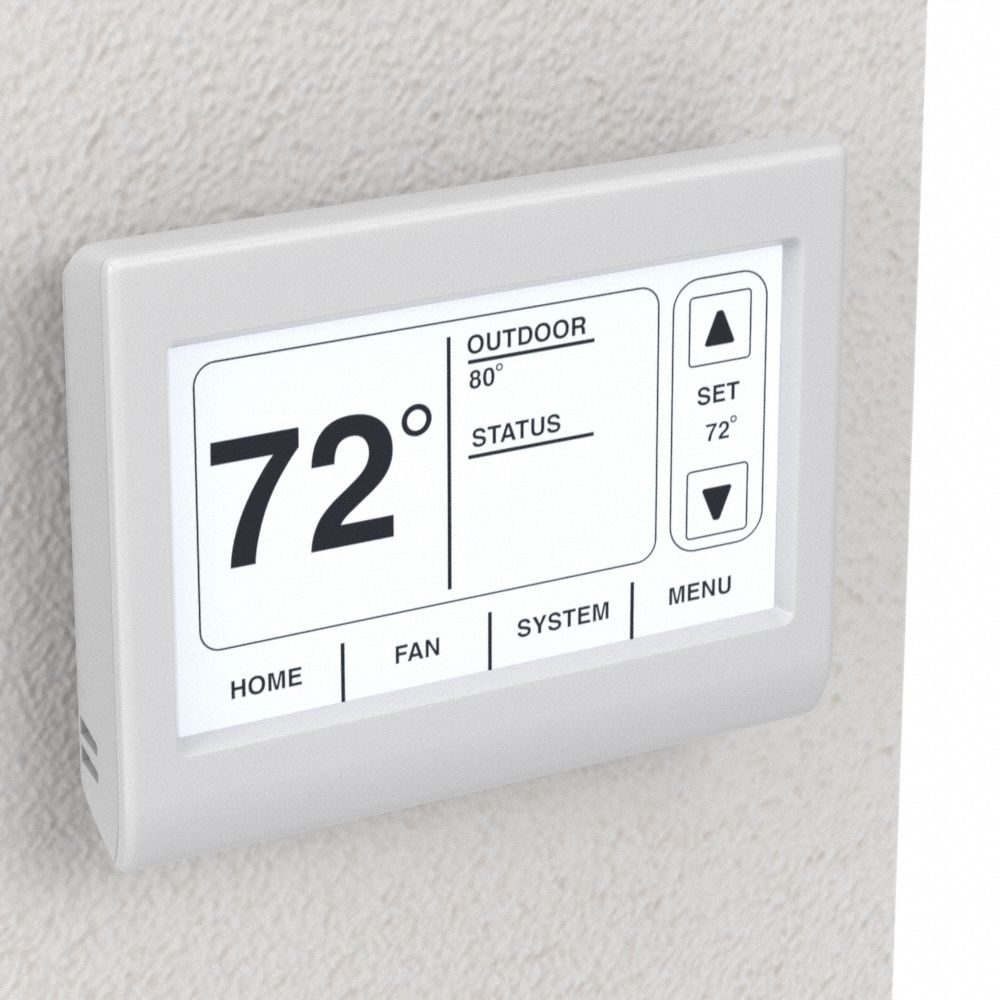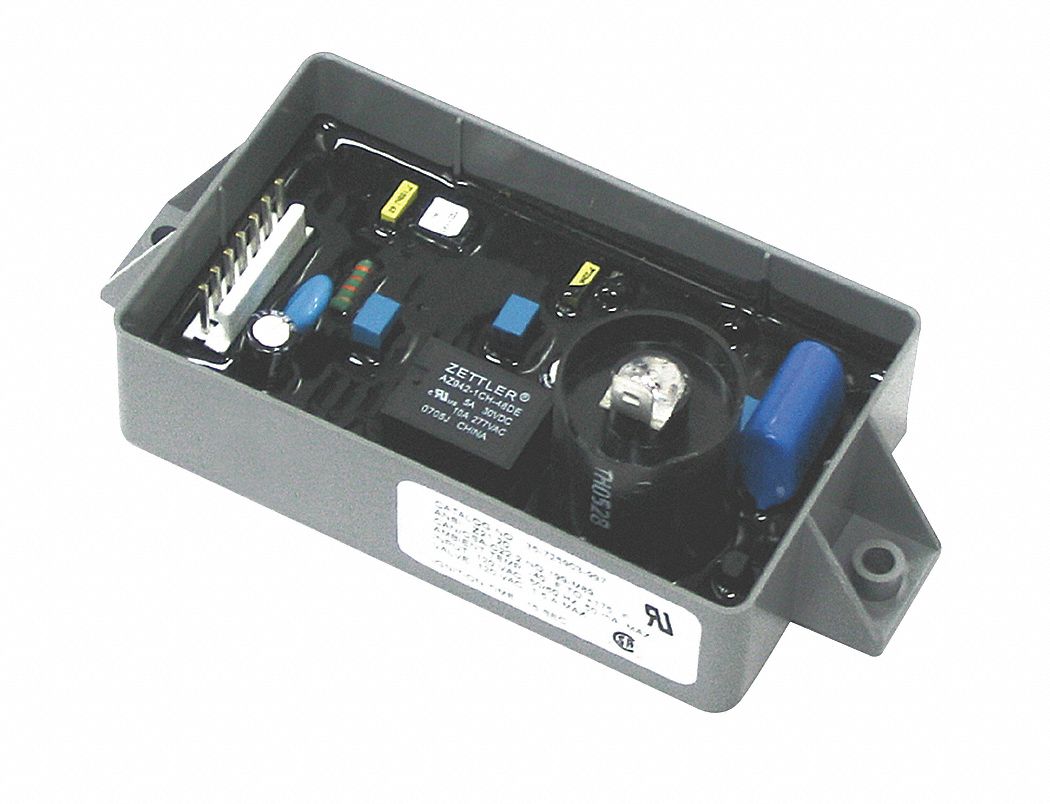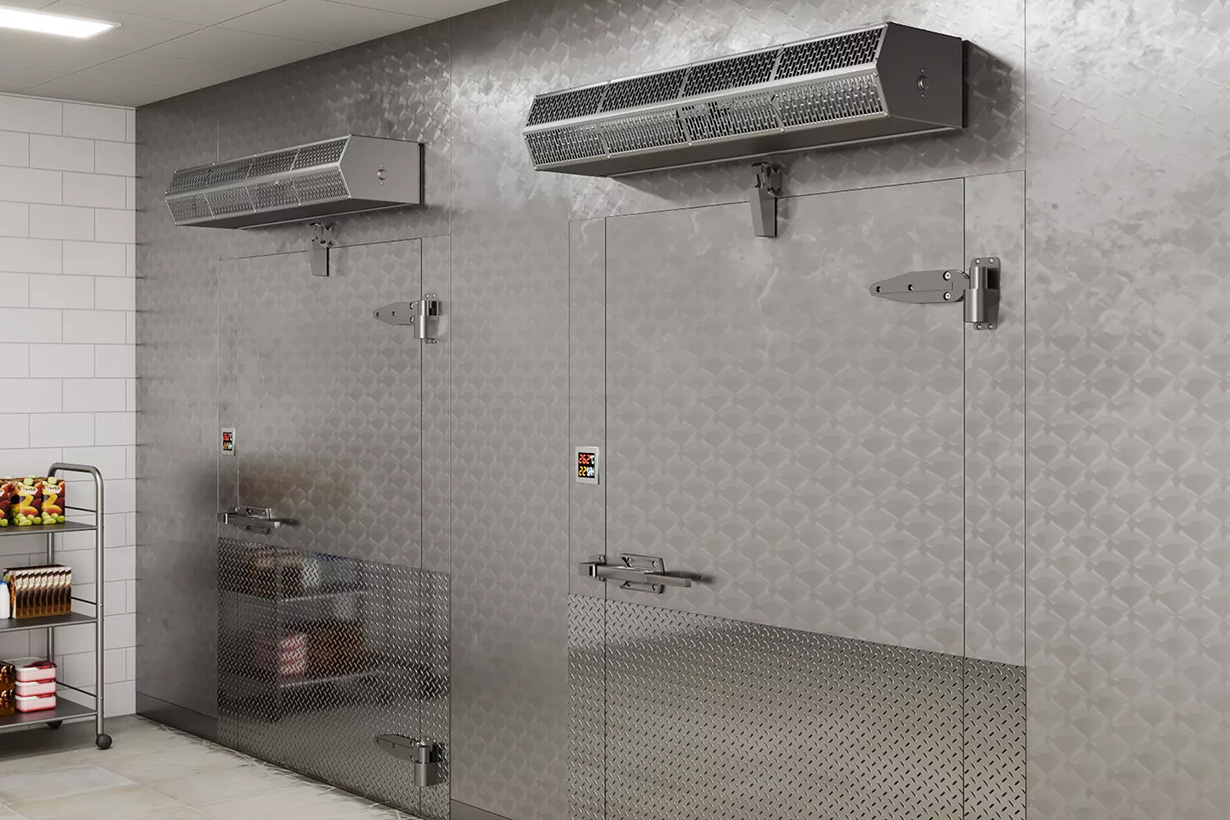

Guide to Choosing an Air Curtain
By Grainger Editorial Staff 2/5/24


Managing fumes, odors and pests and reducing energy loss at doors and entryways can be a challenge for manufacturing facilities, schools, hospitals and restaurants. That’s especially true in high-traffic areas and on loading docks where doors are left fully open during business hours. When doors are left open or there’s a temperature difference between two spaces, an unwanted exchange of air occurs: heated, clean, conditioned air escapes from the internal space, while dirt, pests, fumes and other pollutants can enter from the outside.
Air curtains produce a steady stream of air, creating an invisible barrier that can block this transfer. They help regulate and maintain consistent temperatures, reduce energy costs and protect internal spaces from outside contaminants.
Air curtains pull ambient air into the unit and have a fan that pushes a wall of air across doors and openings. This forced air has enough velocity to create a barrier that prevents this inside-out air exchange while still allowing foot and vehicle traffic continue to move through the door unimpeded. Allowing doors to remain open saves time when loading and unloading cargo.
Installation Locations
Air curtains install at both exterior and interior doorways. They install on the inside of the building or doorway as close to the opening as possible to ensure effectiveness. They attach directly to the wall above a doorway or mount or suspend from the ceiling.
Exterior locations include loading docks, warehouses and box store entrances where doors are often left open during business hours. Other exterior locations include office and restaurant doors where doors open and close regularly.
Interior locations include kitchen entrances, transitions between storage areas and doorways between storage areas and office space. Air curtains are also installed outside refrigeration and freezer units to keep heated areas warm and the refrigerated areas cold.
Types of Air Curtains
Standard air curtains install over doors on loading docks and in areas with sufficient mounting space between the door frame and the ceiling where aesthetics are not a concern. Other examples include manufacturing facilities, warehouse and box store entries, and areas in office buildings not frequented by visitors. Air curtains installed outside freezer units can reduce ice and condensation buildup.
Recessed air curtains install flush with the ceiling or within a wall in areas with limited overhead mounting space. They’re often utilized in restaurants, schools and offices where aesthetics are a consideration. Recessed units install flush with ceiling panels in drop ceilings or directly in a plenum.
Sanitation-certified air curtains meet National Sanitation Foundation standards (NSF 37-2020) for air curtains used in kitchens and food service areas.
Drive-thru window air curtains are sized to install over drive-thru windows like those found at fast food restaurants. These air curtains help prevent contaminants from entering food prep areas while maintaining a consistent indoor temperature for workers.
Modular air curtains are custom designed to fit large or irregular openings. HVAC professionals who specialize in air curtain designs determine the required system size and components are built to suit the need. Curtain cabinets and blowers are configured to fit the opening and ensure there is enough air flow and air velocity to effectively cover the opening.
Key Considerations
Air curtains must be correctly sized to be effective. While sizing requirements are usually determined by a qualified HVAC professional, some things to consider include:
Installation location: Air curtains installed near exterior doors often need to be more powerful than systems installed on interior doors due to increased air movement and high air pressure differences between inside and outside air.
Ambient or heated air: Some air curtains heat air as it passes through the unit. These units are often used in cold climates at exterior doors to warm customers and help reduce strain on building HVAC systems by maintaining a constant temperature near exits. Heated units keep warehouse workers more comfortable, which can increase productivity.
Door traffic: For doors that aren’t open all the time or where there is limited foot traffic, consider a unit that turns on automatically when a door is opened to save energy and limit noise caused by having the unit run continuously.
Door width: The air curtain should be wide enough to extend past the opening on each side. When the air curtain is narrower than the door, air can escape through the uncovered sides.
Door height: The system must be sized to move enough air (air volume) with enough force (air velocity) to reach the floor. If the system is not powerful enough, the air won’t reach the floor which would allow air, pests and dirt to move between spaces under the gap.
Power: Air curtains are permanently installed for long-term use and are hardwired directly to the building's electrical system by a qualified electrician. Smaller systems connect to a standard 120V AC circuit, while larger systems can require up to 600V AC.
Noise levels: Avoid installing oversized systems to keep noise to a minimum. Larger systems that move more air tend to be louder than smaller systems designed for smaller door entries.
The information contained in this article is intended for general information purposes only and is based on information available as of the initial date of publication. No representation is made that the information or references are complete or remain current. This article is not a substitute for review of current applicable government regulations, industry standards, or other standards specific to your business and/or activities and should not be construed as legal advice or opinion. Readers with specific questions should refer to the applicable standards or consult with an attorney.

